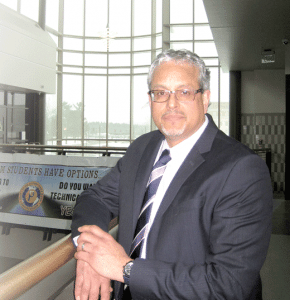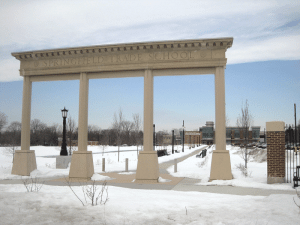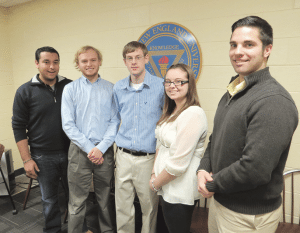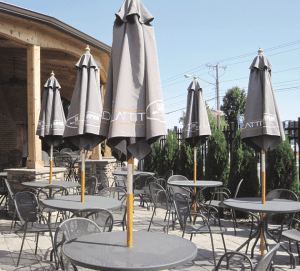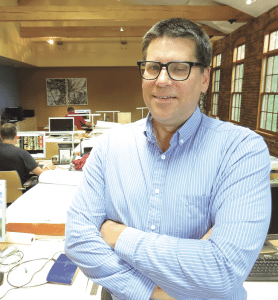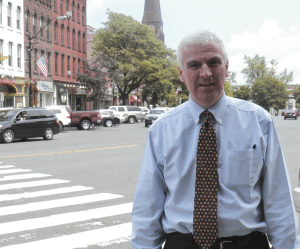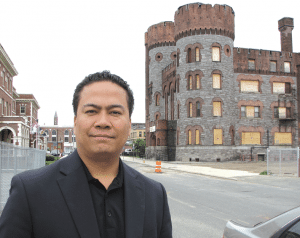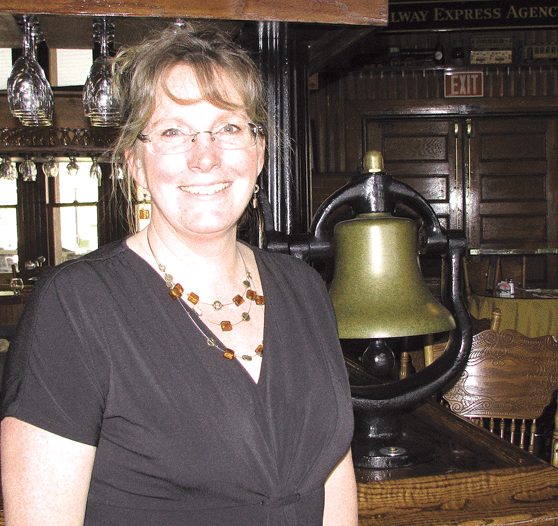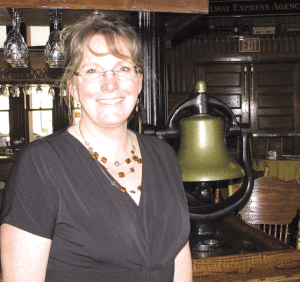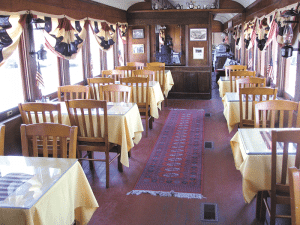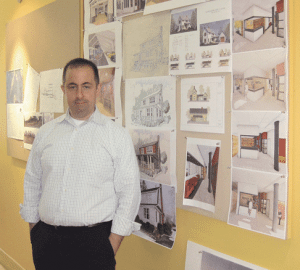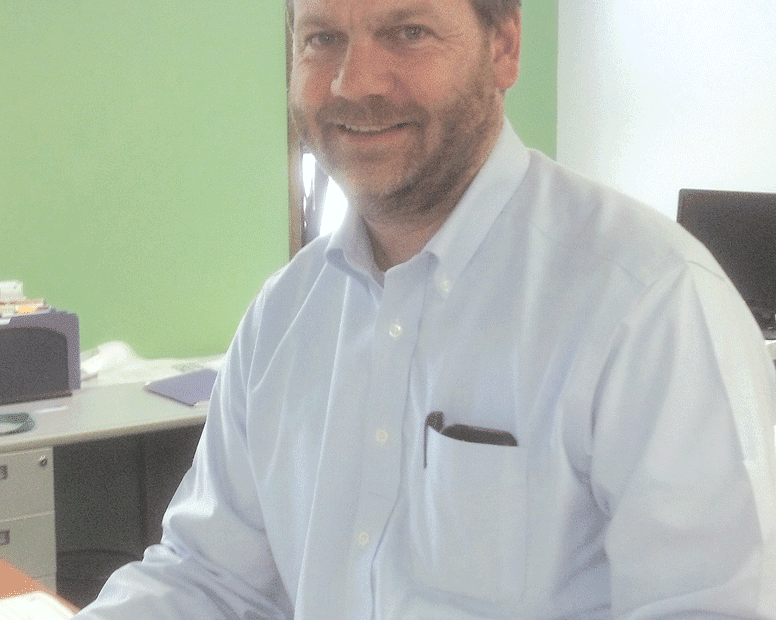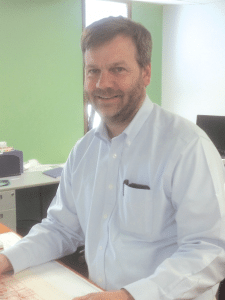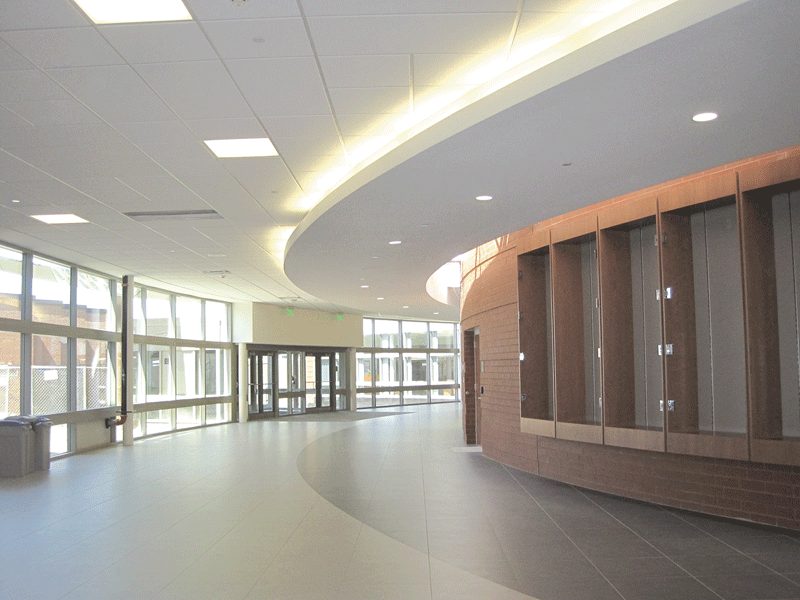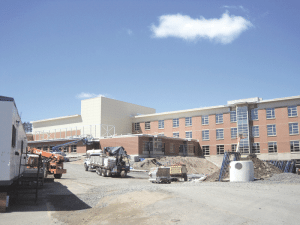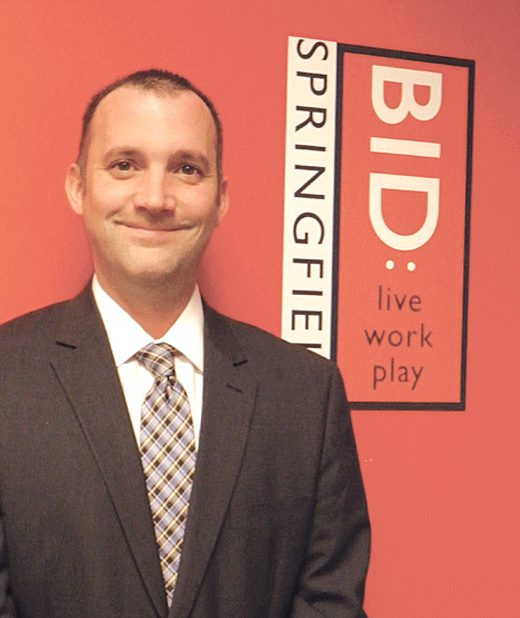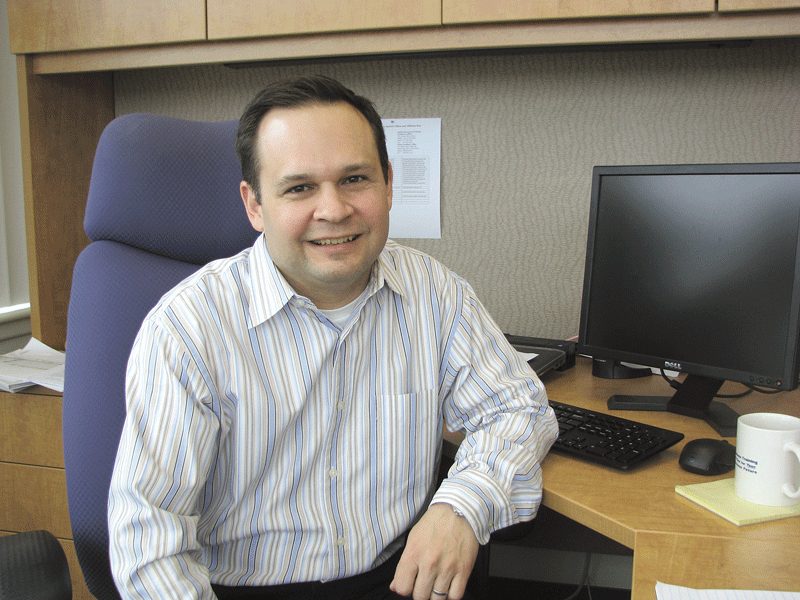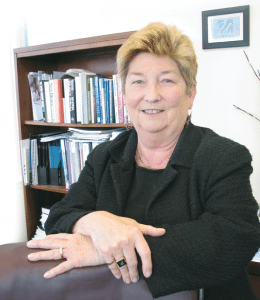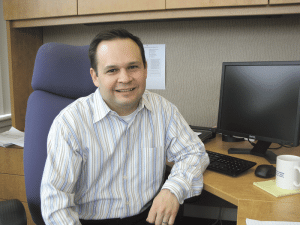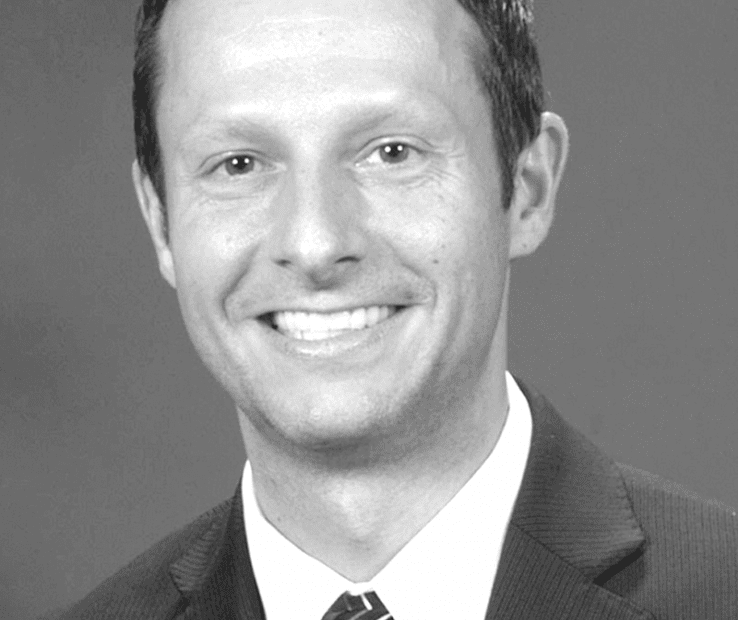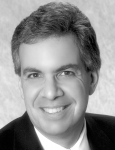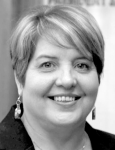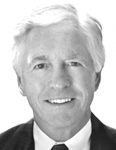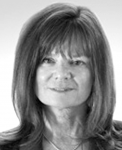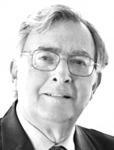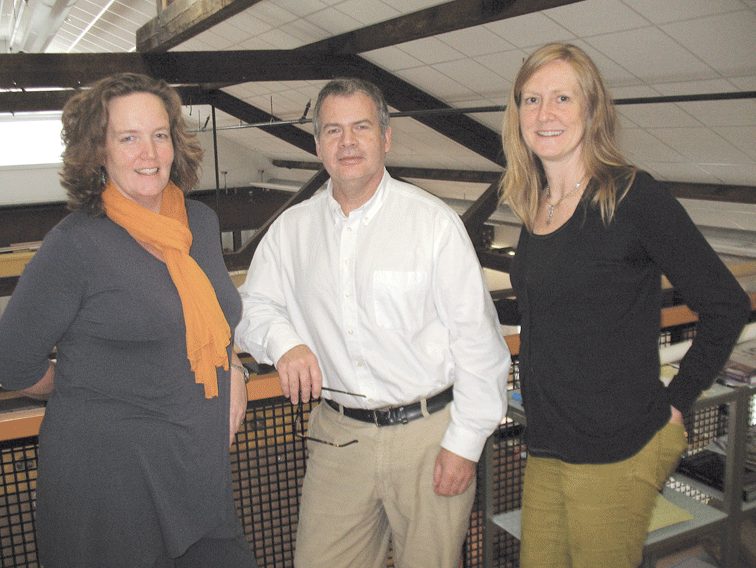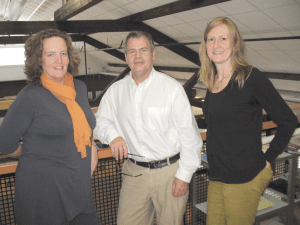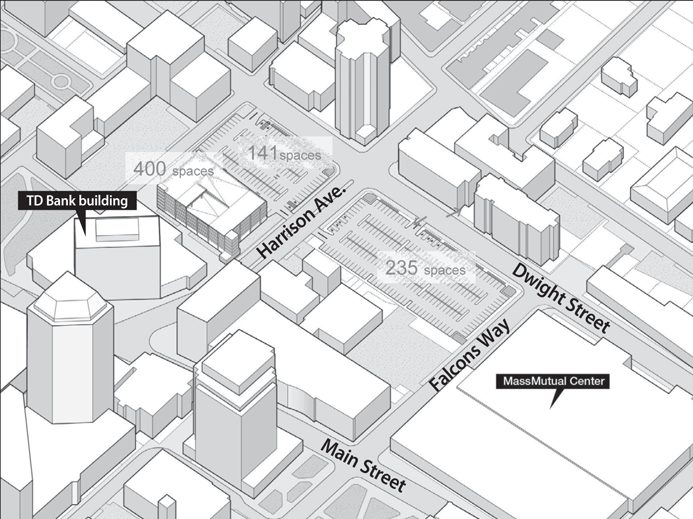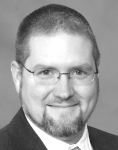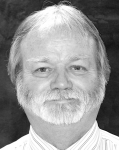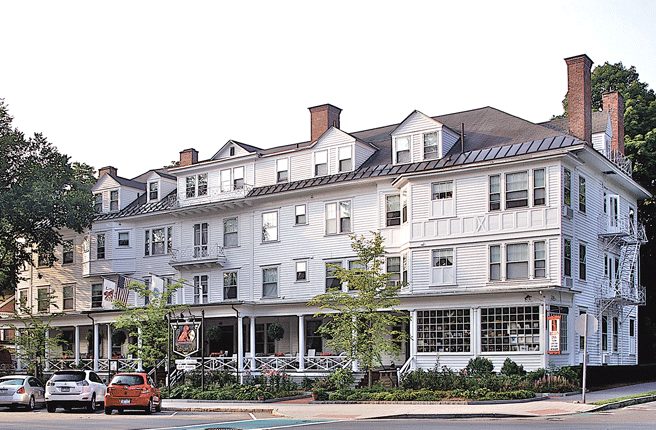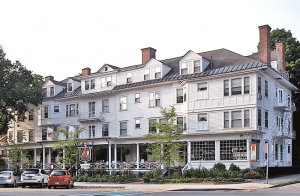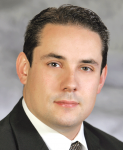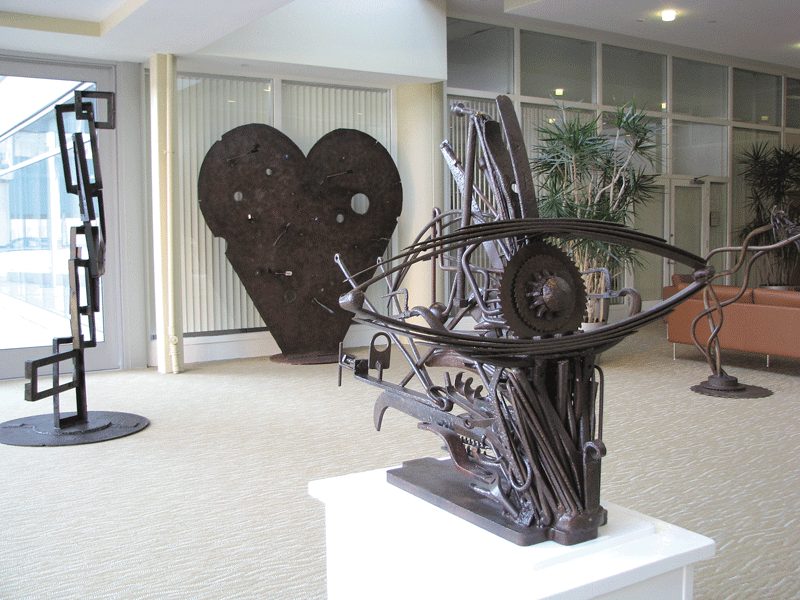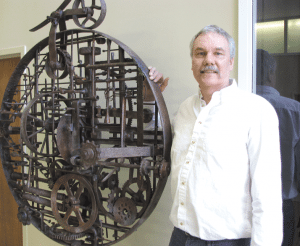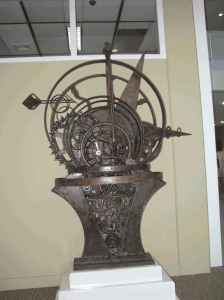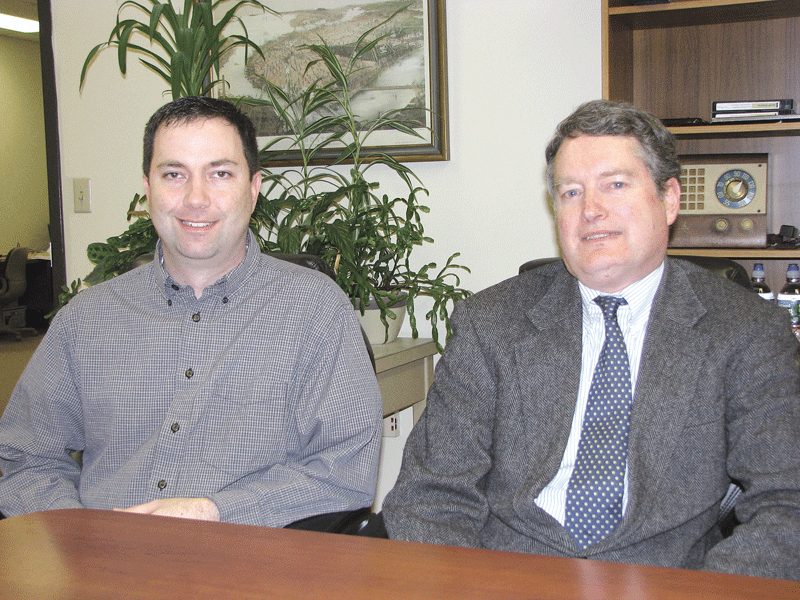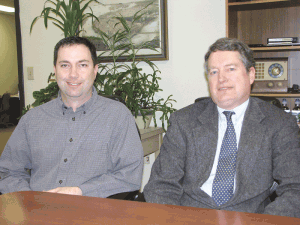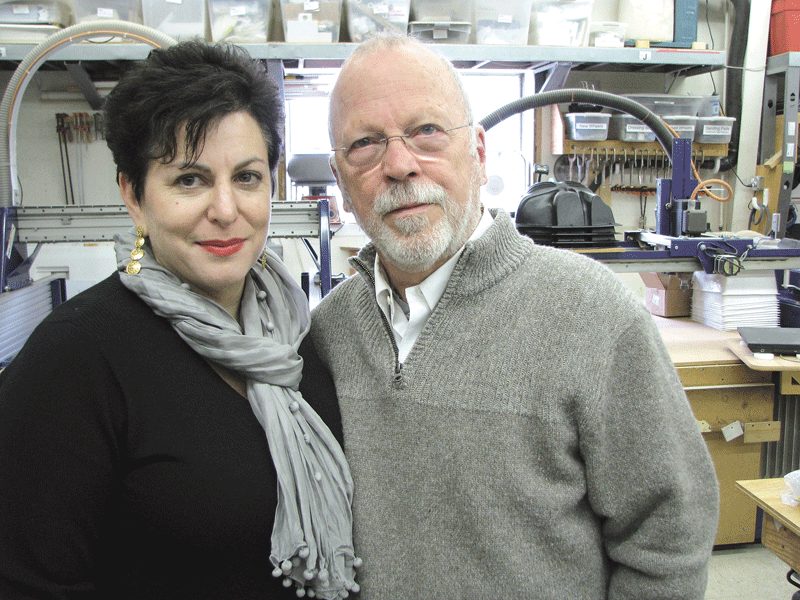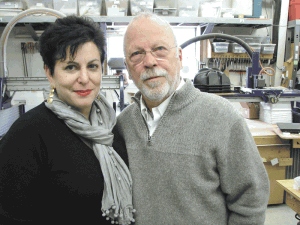ESE Bid to Black Out Casino Events Rejected
BOSTON — The state Gaming Commission has rejected the Eastern States Exposition’s (ESE) bid for recognition as a venue that would suffer financial damage from the $800 million casino that MGM Resorts International plans to build in Springfield. The commission voted 3-2 to deny the request on the condition that MGM impose a blackout on potentially competing events during the 17 days of the Big E, the fair that generates about 85% of the Eastern States Exposition’s revenue. If the 17-day blackout fails to protect the Big E, the exposition can reapply for status as an ‘impacted live entertainment venue, the commissioners said. Eugene Cassidy, president and CEO of the West Springfield-based ESE, said the nonprofit will consider filing a lawsuit against the commission to overturn the ruling. The had called for a longer blackout period, including 45 days before the fair and 30 days after, to offset MGM’s competitive advantage. West Springfield is still negotiating a surrounding-community agreement with MGM to mitigate the casino’s impact, as is Longmeadow. MGM has successfully negotiated surrounding-community mitigation agreements with Ludlow, Agawam, Wilbraham, East Longmeadow, Chicopee, and Holyoke. The agreements with Agawam and Chicopee call for each community to receive $125,000 up front with annual payments of $150,000. Ludlow, East Longmeadow, and Wilbraham are set to receive $50,000 up front with annual payments of $100,000. The Holyoke agreement calls for $50,000 up front and $1.28 million over 15 years.
State Issues Innovation Challenge Grants
BOSTON — Glen Shor, state Secretary of Administration and Finance, recently announced 37 projects slated to receive funding from the $4 million Community Innovation Challenge (CIC) grant program. Now in its third year, the program incentivizes and supports regionalization and other cost-saving initiatives that will change the way local governments do business to maintain service delivery and stretch every taxpayer dollar as far as possible. “The CIC program is a major component of the Patrick administration’s commitment to provide cities and towns with the tools to effectively manage resources and provide services to their residents,” said Secretary Shor. “This program provides an opportunity for neighboring communities to build partnerships, share services, and use their resources wisely.” Added state Sen. Steven Brewer, “investing in the relationships between local governments, school districts, and regional organizations is fundamental for growth and innovation in our state. The Community Innovation Challenge grant program has provided millions of dollars to unique projects around the Commonwealth, and I look forward to seeing the positive effects that it will have on the towns and organizations in my district.” As the most rural county in Massachusetts, the member towns of the Franklin Regional Council of Governments have long recognized the value of sharing services and expenses. “CIC grants have been a great and invaluable resource for the expansion of regionalization efforts in Franklin County,” said Linda Dunlavy, executive director of the Franklin Regional Council of Governments. “CIC funds have enabled us to open a regional dog shelter that serves 14 towns and has housed more than 200 dogs and adopted out 40% since its opening in late 2012. CIC funds have also created a regional health district that brings efficiency, accessibility, and professionalism to 10 small, rural towns. Including the 37 projects receiving funding this year, the Patrick administration has invested $10.25 million in 95 projects over a three-year period.
Diocese Announces Plan to Rebuild Cathedral High
SPRINGFIELD — The Diocese of Springfield confirmed last week that it will rebuild the tornado-damaged Cathedral High School, aided by approximately $29 million in federal disaster aid. Bishop Timothy McDonnell said in a press conference that the diocese will obtain demolition permits and move forward with design of the new school at that site in East Forest Park. A $38.5 million agreement was announced between the Federal Emergency Management Agency and the diocese for damage to the school caused by a tornado on June 1, 2011. FEMA will cover about $29 million for tornado damages and related costs, and the diocese will cover the balance. The FEMA funds are earmarked for Cathedral and St. Michael’s Academy middle school and preschool, also damaged and relocated after the tornado. The diocese also recently reached a settlement of nearly $50 million with its insurance company, Catholic Mutual, for the Cathedral damage. Nearly $10 million more in insurance funds were issued for other diocesan buildings and costs. Cathedral has been located at a leased school in Wilbraham since the tornado, and St. Michael’s is currently housed in what used to be Holy Cross Elementary School in West Springfield.
State Awards $11 Million to Housing Authorities
BOSTON — Continuing the effort to preserve the state’s public housing authority portfolio and increase the number of affordable public housing units available, the Patrick administration announced nearly $11 million in funding to improve, preserve, and reoccupy the Commonwealth’s state-funded public housing units. The capital funding will be used for a number of initiatives, including supporting repairs required to get current vacant units back online, creating more accessible units for people with disabilities, and preserving the current housing stock by making the units more sustainable. “Affordable public housing is in high demand across the state,” said Undersecretary of Housing and Community Development Aaron Gornstein. “These additional dedicated funds will provide local housing authorities with new tools and funding to extend the life of our current housing stock and also more quickly house seniors and families looking for affordable housing.” The four types of funding being awarded to 170 housing authorities are: $3,598,970 in sustainability funds to upgrade building components in order to save energy and water; $4,125,365 in health and safety funds to reduce site and common-area hazards that could pose a danger to residents; $721,053 in vacant unit funds to renovate and reoccupy units needing costly rehabilitation that have been vacant for more than 60 days; and $2,517,778 in accessible unit funds to help housing authorities make progress toward having 5% of their units fully accessible.
Penn National Snags Slot Parlor License
PLAINVILLE — The state Gaming Commission awarded the state’s lone slots parlor license to Penn National Gaming for its proposed development at the Plainridge Racecourse in Plainville. The decision came down to Penn National or the proposed Massachusetts Live! slots parlor in Leominster. A third proposal in Raynham, known as Parx Casino at Raynham Park, was out of the running early. The planned slots parlor in Plainville will include 1,250 slot machines as well as a sports bar, a high-end restaurant, and a food court. Harness racing will continue at the track. Penn National had originally pursued a resort casino in Springfield’s North End, but Mayor Domenic Sarno close to back a larger, competing proposal by MGM Resorts International. The new Plainville parlor could open as soon as spring 2015, according to Penn National, but a temporary slots parlor may be constructed within the next six months at the track if the commission approves. The price of the license is $25 million and must be paid within 30 days.
Palmer Site Owner Seeks to Block Mohegan Sun Bid
PALMER — The owner of the Palmer property where Mohegan Sun had proposed a casino are seeking a court judgment to prevent the company from pursuing another gambling project at Suffolk Downs in Revere. Northeast Realty Associates, which controls 152 acres in Palmer, argues that the casino company violated contracts with the landholder by allegedly engaging in secret talks with racetrack representatives, then intentionally ran a lukewarm referendum campaign for the Palmer project, contributing to its defeat at the polls in November. The lawsuit came less than a week before Revere residents went to the polls to approve a citywide referendum on Mohegan Sun’s plans to build a $1.3 billion gambling resort on land belonging to Suffolk Downs. In a statement, Mohegan Sun said the Connecticut-based company “devoted over five years and more than $25 million to create a world-class resort casino proposal in Palmer. But on Nov. 5, 2013, the community made a decision, which we have respected.”
Employment on Rise for Manufacturing in U.S.
WASHINGTON, D.C. — Manufacturing jobs accounted for 18.6% of all employment growth in January, a sign of strength for the U.S. manufacturing sector, said Scott Paul, president of the Alliance for American Manufacturing (AAM). “It’s still far from a resurgence, but the jobs picture in manufacturing is certainly better than it was last decade. And the latest jobs report offers fresh evidence that it is possible to create manufacturing jobs in America again.” However, he added, “we believe better public policies would bring about a real resurgence. That would mean balancing our trade in goods, investing in infrastructure and training, combating currency manipulation overseas, and boosting innovation. And even though manufacturing may be one of the brighter spots in this jobs report, we’re still well below the pace needed to achieve the president’s goal of adding 1 million such jobs in his second term.”
Hiring Outlook Brightens in Landscape Architecture
WASHINGTON, D.C. — Business conditions remained stalled for the landscape-architecture profession in the fourth quarter of 2013, but may be entering a turnaround, according a survey by the American Society of Landscape Architects (ASLA). Although billable hours and inquiries for new work dipped during the fourth quarter, about half of all firms indicated plans to hire in early 2014 — a sign they are expecting more work. Some 75.7% of respondents reported stable to improved billable hours, a decline from the third quarter of 2013 (80.6%). Another 74.9% reported stable to higher inquiries from potential clients for new work, similar to what had been reported in the previous quarter (78%). Year to year, 81.5% of respondents indicated that fourth-quarter billable hours remained about the same or were higher. Additionally, 81.5% claimed steady or increased inquiries for new work compared to the fourth quarter of 2012. Of all firms with two or more employees, nearly half (48.5%) indicated they plan to hire in the first quarter of 2014. Half of all firms with 50 to 99 employees plan to hire an experienced landscape architect in the first quarter of 2014.




